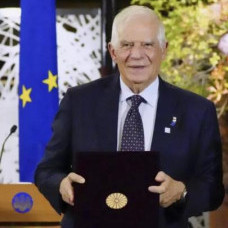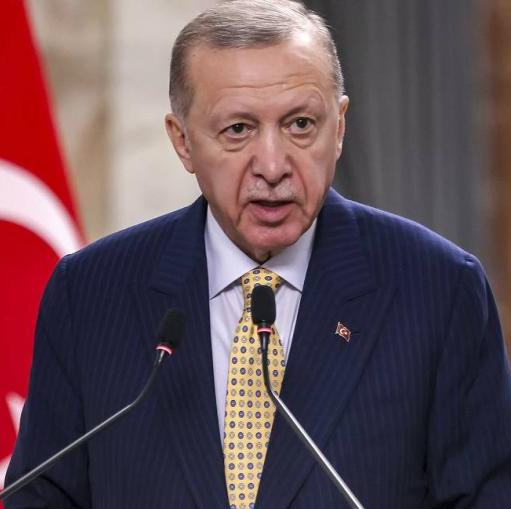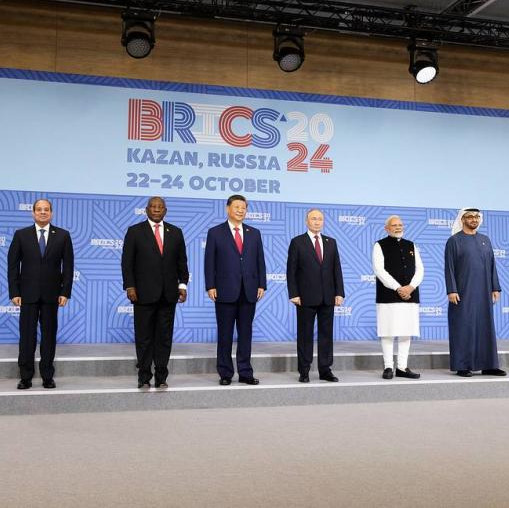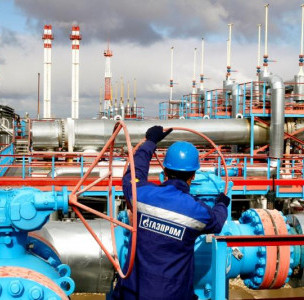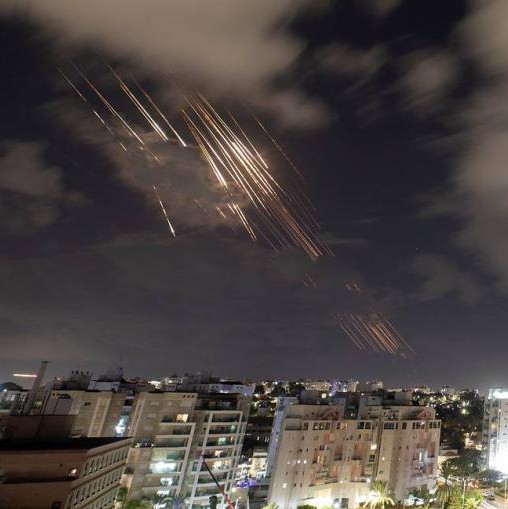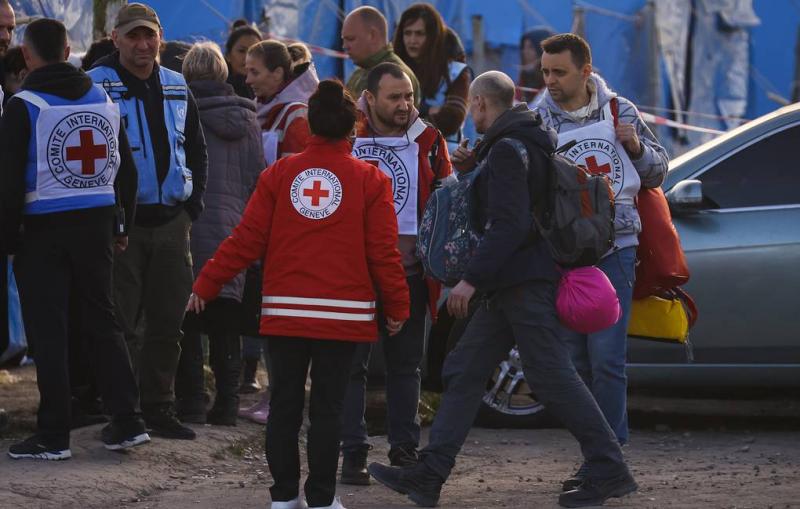
© Peter Kovalev/TASS
In the first months of 2022, over 4 million residents of Ukraine left for various EU countries. Some of them later came back home. Some prerequisites point to another wave of migration looming. The Ukrainian authorities blame it all on Russia, but is it really so?
Indeed, the energy sector situation has worsened in Ukraine following Russia’s infrastructure strikes in response to the Crimean bridge sabotage. 30 percent of fuel (coal and gas) power plants were damaged to generate quite a number of issues. Previously, these power plants helped Kiev maneuver capacities, especially during the peak periods with a growing demand for electricity. NPPs and major hydroelectric power plants operate all but permanently, and peaks were covered by increased power generation at FCPPs. Now this has turned into a daunting challenge, hence unpredictable power outages, municipal infrastructure underperformance, traffic chaos.
Several-hour-long outages are observed in Kiev, Kharkov, Vinnitsa and Rovno, Ternopol and Zhytomyr, with traffic lights disrupted. The number of subway trains has decreased, with intervals between them reaching 13 minutes (Kiev and Kharkov). And in some cities, for example in Sumy, the water supply has been turned off.
This has created trials and tribulations for the population, complementing those that have existed long since. A large portion of power plants is out of whack for other reasons. As of November 8, 53 power units of fossil, thermal and nuclear power plants of Ukraine have been halted. Of these, 23 FCPP power units stand idle over the lack of fuel, while 30 are being repaired. Half of those formally working operate in the so-called maneuver mode, that is, generating variable power depending on fuel contents.
Often decisions to halt power facilities are brought about by money scarcity for the purchase of fuel, logistics, and a pure mess… Thus, Naftogaz of Ukraine repeatedly cut off gas to the Tripoli thermal power plant over the PJSC Centrenergo’s neglect of duty to timely pay for energy resources obtained (the debt accounts for UAH 1.8 billion). This company is a major electricity supplier to the Kiev, Cherkasy and Zhytomyr regions.
Another reason for the plight of Ukraine’s energy sector is the gas and coal shortages for thermal power plants. Early in November, there were some 500 thousand tons of coal at the power plants, which is four times less than a year ago. As a result, half of the FCPP power units are out of action. And the one to blame for this is the Ukrainian leadership alone.
Finally, there is mess and corruption. Kharkov witnesses utter chaos at intersections, traffic jams, stuck ambulances and not a single traffic policeman!!! But the city authorities keep replacing decent paving asphalt and tiles, and mount stainless steel balusters… Kiev suffers from constant rolling and emergency blackouts. They supposedly have no money to repair electrical equipment, but spend UAH 200 million on political TV promotion.
Winter is yet to come, along with the inevitable critical loads.
According to Ukrainian bloggers, six things are needed to form migration sentiment with the people: lacking electricity and water in their houses, switched-off street lights and mobile communications, disabled subway and high-riser elevators. And these conditions have been formed by effort of the Ukrainian authorities.
Their anti-Russian frenzy made them give up on our gas and coal, despite being hardly able to replace those rapidly. The entire world is facing a shortage of coal for the time being. Another issue is logistics. The first coal-loaded ships will call on the ports of Ukraine in December, at the earliest. Even if we consider the government-pledged delivery of four million tons possible, Ukrzaliznytsia may mishandle its transportation, given the massive vehicle stock deficit.
There is no way to fill the electricity gap at all. "Imports are only coming from Belarus, but it is entirely possible that this power is simply not enough," says Ukrainian expert Dmitry Marunich. In addition, the contract with the Belarusians has been only signed for a month.
Ukraine’s largest private energy company DTEK owned by oligarch Rinat Akhmetov informed to have run out of stock equipment for restoring the power system.
A number of Ukrainian railroad sections have been de-energized, with delayed trains replaced by reserve diesel locomotives. Their use instead of electric ones suggests that Ukraine’s leadership does not bet on a rapid traction problem solving. This will be a huge challenge, because Ukraine has generally used mainliners. It has just a few diesel locomotives which is not enough to meet the country’s needs.
As for the subjective preconditions for migration, the authorities urge people to move to Europe or the countryside, or keep staying away if they have already fled. Thus, Ukrainian Prime Minister Shmygal allowed for evacuating the population from Kiev and other cities as an "emergency measure" when the situation in the country's energy system gets worse. He is echoed by Kiev Mayor Vitaly Klitschko and other government officials. "The current power supply situation in Kiev is challenging. Those who have an opportunity to spend the winter in favorable conditions should leave the city," said Kiev City Council deputy Andrey Vitrenko.
But how can one evacuate several million people quickly enough? And where? Electric locomotives won’t work, and diesel ones are engaged to assist the army. There's just so many questions, and so few answers. In the current railway circumstances, the authorities will accomplish evacuation by spring.
It's a sink-or-swim world. In response to the authorities’ calls, cars are already queueing to leave Kiev and other cities in the west and north to become a new wave of refugees to Europe. But are they really welcome there? Is Europe ready to accommodate several million people, with winter being just around the corner?

